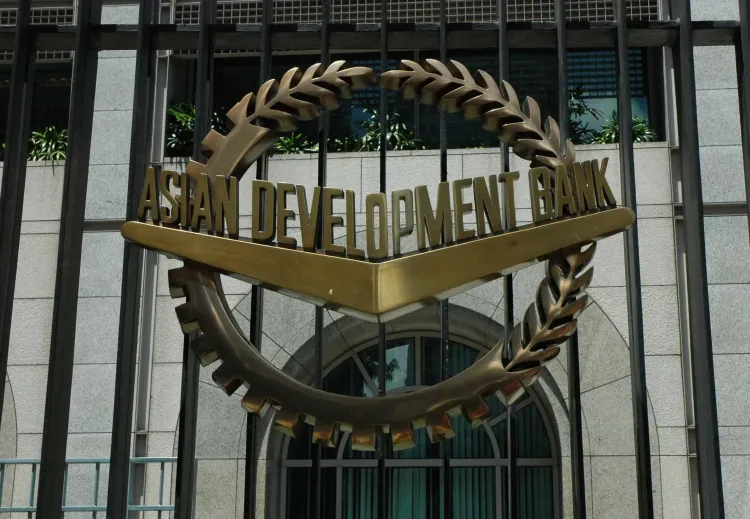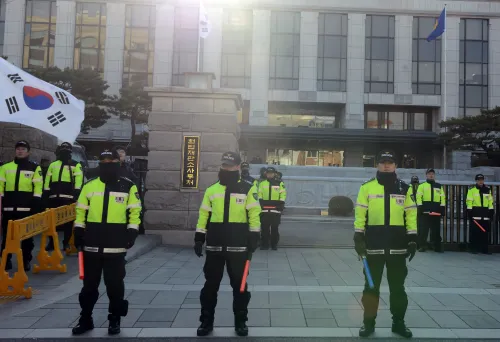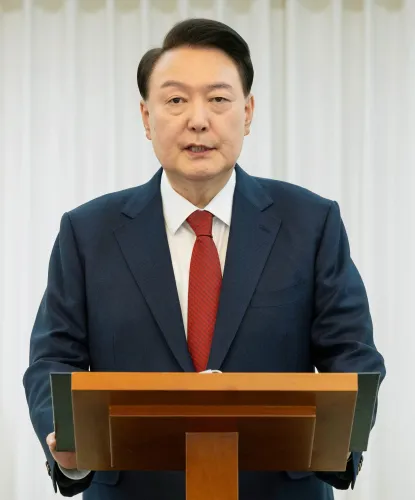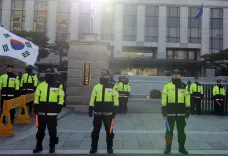How Does the $3 Billion Agreement Between ADB and World Bank Enhance Lending in Asia-Pacific?

Synopsis
Key Takeaways
- ADB and World Bank sign a $3 billion EEA.
- This is ADB's first EEA with the World Bank.
- The collaboration aims to enhance lending capacity for developing nations.
- Exposure exchanges help in risk management and capital efficiency.
- ADB's recent loan will support Indonesia's green growth initiatives.
Seoul, Oct 20 (NationPress) The Asian Development Bank (ADB) announced on Monday that it has finalized a sovereign exposure exchange agreement (EEA) worth $3 billion with the World Bank to augment the ADB's lending capacity for its developing member nations.
This agreement marks the ADB's inaugural EEA with the World Bank and represents its sixth EEA with other multilateral development banks (MDBs) since 2020, totaling a cumulative exchanged amount of $9 billion, as stated by the Manila-based bank in a press release.
According to Roberta Casali, ADB Vice-President for Finance and Risk Management, "In an era of overlapping challenges, strategic collaboration among MDBs has never been more critical," as reported by the Xinhua news agency.
"Exposure exchanges can be transformative because they will allow us to work together systematically, reduce concentration risk, and expand our reach precisely when our member countries need us the most," Casali added.
Anshula Kant, Managing Director and Chief Financial Officer of the World Bank Group, remarked, "This EEA with ADB demonstrates the World Bank's strong commitment to collaborate with other MDBs to seize every opportunity to enhance the overall lending capacity in the MDB sector."
A sovereign exposure exchange serves as a risk management strategy aimed at decreasing portfolio concentration risks. The ADB indicated that by lowering exposure concentration, it reduces its capital usage, thereby amplifying its lending capacity.
Additionally, it decreases the net exposure to borrowers involved in the exchanges, facilitating extra borrowing room under the ADB's limits framework.
On October 15, ADB also sanctioned a policy-based loan of $500 million to bolster Indonesia's competitiveness, promote green growth, and expedite trade under the third subprogram of the Competitiveness, Industrial Modernisation, and Trade Acceleration (CITA) Program.
Jiro Tominaga, ADB country director for Indonesia, stated that the loan supports the government's long-term goal of transforming Indonesia into a high-income economy by 2045 through structural reforms and sustainable growth.
He noted, "The reforms under the CITA subprograms will help attract more investment in green and sustainable businesses, reduce trade barriers, and empower local enterprises, particularly those owned by women," as highlighted in a press release.
The ADB asserts that the initiative aims to improve Indonesia's investment climate, modernize its industrial base, and enhance its capacity to tackle climate-related challenges.









